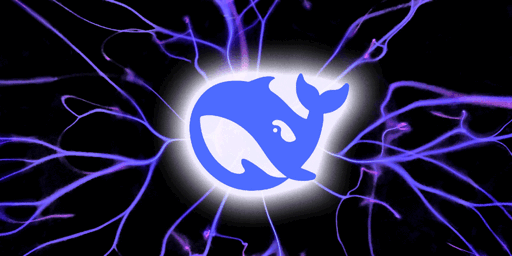

Lightcone Infrastructure is running The Inkhaven Residency. For the 30 days of November, ~30 people will posts 30 blogposts – 1 per day. There will also be feedback and mentorship from other great writers, including Scott Alexander, Scott Aaronson, Gwern, and more TBA.
https://www.lesswrong.com/posts/CA6XfmzYoGFWNhH8e/the-inkhaven-residency
“Hmm, your blog post is good, but it would be better with more Adderall, less recognition that other people have minds distinct from your own, and 220% more words.”




There was just recently a dust-up wherein authors quit a romance con because it was to feature someone who published a Harry Potter fic with the serial numbers filed off, and supporting anything that keeps the brand going is putting money in Rowling’s pocket and thus actively making trans people’s lives worse. People care about this kind of thing; at least, some of 'em do. There are reactions. Some of those are talk about “reclaiming the fandom”, while others regard that as untenable self-justification… But any way you slice it, the subject is very clearly coming up.
In the year since the Neil Gaiman unpleasantness dropped, I’ve lost count of all the threads where people have said that they can’t enjoy his work again, that they are painfully re-evaluating their relationship with Sandman or Coraline or American Gods. They can’t help but engage with the subject. And, hey, I get it! I generally liked his stuff and saw him live at a few events over the years, where he was an enjoyable public speaker. I don’t have a Death tattoo that now needs covering up, but I can still register a loss. Discovering Sandman while visiting a friend on vacation when they were checking it out of the public library… that was an uncomplicatedly happy memory!
This kind of thing grips a person and compels a response. Even if that’s only a self-justifying rationalization of the status quo! But Yudkowsky (to my knowledge) has said nothing, none of the lesswrongs commenting on that interview said anything… I expected something, like a “Rational!Harry is the only canon now”, or a “Methods of Rationality is the greatest fic to be based on the works of Hatsune Miku”. Anything, you know? But I haven’t even seen the step that elsewhere would be the bare minimum.